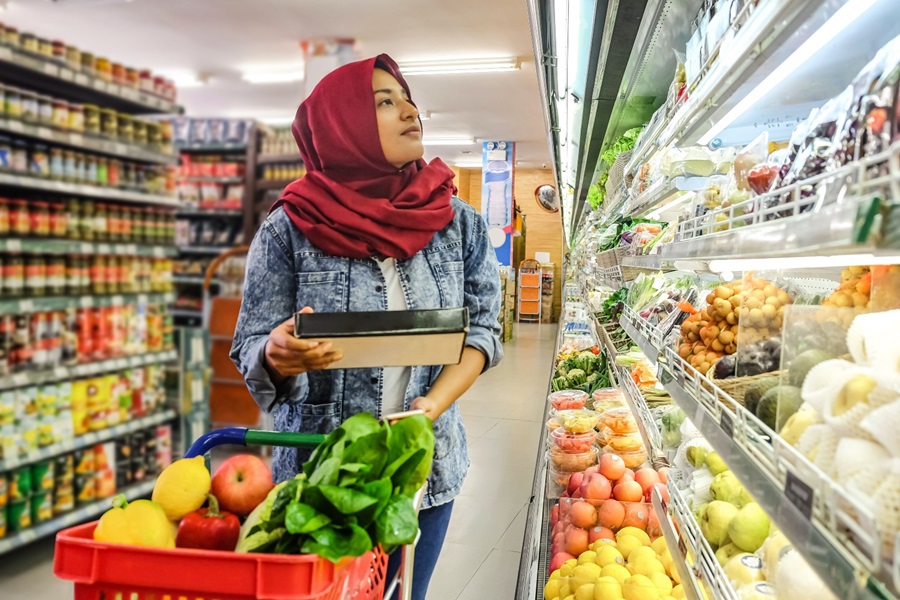UK grocery price inflation hits 16.7%
Following a slight dip at the end of 2022, grocery price inflation in the UK continued its upward trajectory, reaching a record 16.7% in the four weeks to 22 January 2023 – the highest level since Kantar started tracking the figure in 2008.
Overall take-home grocery sales increased by 5.7% in value for the four-week period and by 7.6% for the 12 weeks to the same date.
Fraser McKevitt, head of retail and consumer insight at Kantar, said: “Late last year, we saw the rate of grocery price inflation dip slightly, but that small sign of relief for consumers has been short-lived. Grocery price inflation jumped a staggering 2.3 percentage points this month to 16.7%, flying past the previous high we recorded in October 2022. Households will now face an extra £788 on their annual shopping bills if they don’t change their behaviour to cut costs.
Supermarkets have been trying to offer better value for their customers.
“Grocers have been doing this by boosting their own-label ranges especially,” he said, “with sales of these lines growing consistently over the past nine months. January was no exception as own-label lines grew by 9.3%, well ahead of branded alternatives which were up by just 1%. Across the market, the move is towards everyday low pricing, with many supermarkets offering price matching and using their loyalty schemes to help shoppers save. As a result of this push, the proportion of spending on promotions has fallen to its lowest level since at least 2008 this month, exaggerating the usual post-Christmas drop off in deals,” said McKevitt.
Aldi, Waitrose and Lidl were ranked highest in terms of consumer satisfaction, according to the Kantar data, with Aldi scoring best on pricing and overall value for money, while Waitrose led the way for its knowledgeable staff, product quality and clean shops. Meanwhile, Lidl performed best on easy access to stores and on-shelf availability.
Aldi was the fastest-growing grocer for the fourth month in a row, with sales 26.9% higher year on year. It now holds 9.2% of the market. Lidl’s sales jumped by 24.1%, putting its market share at 7.1%.



